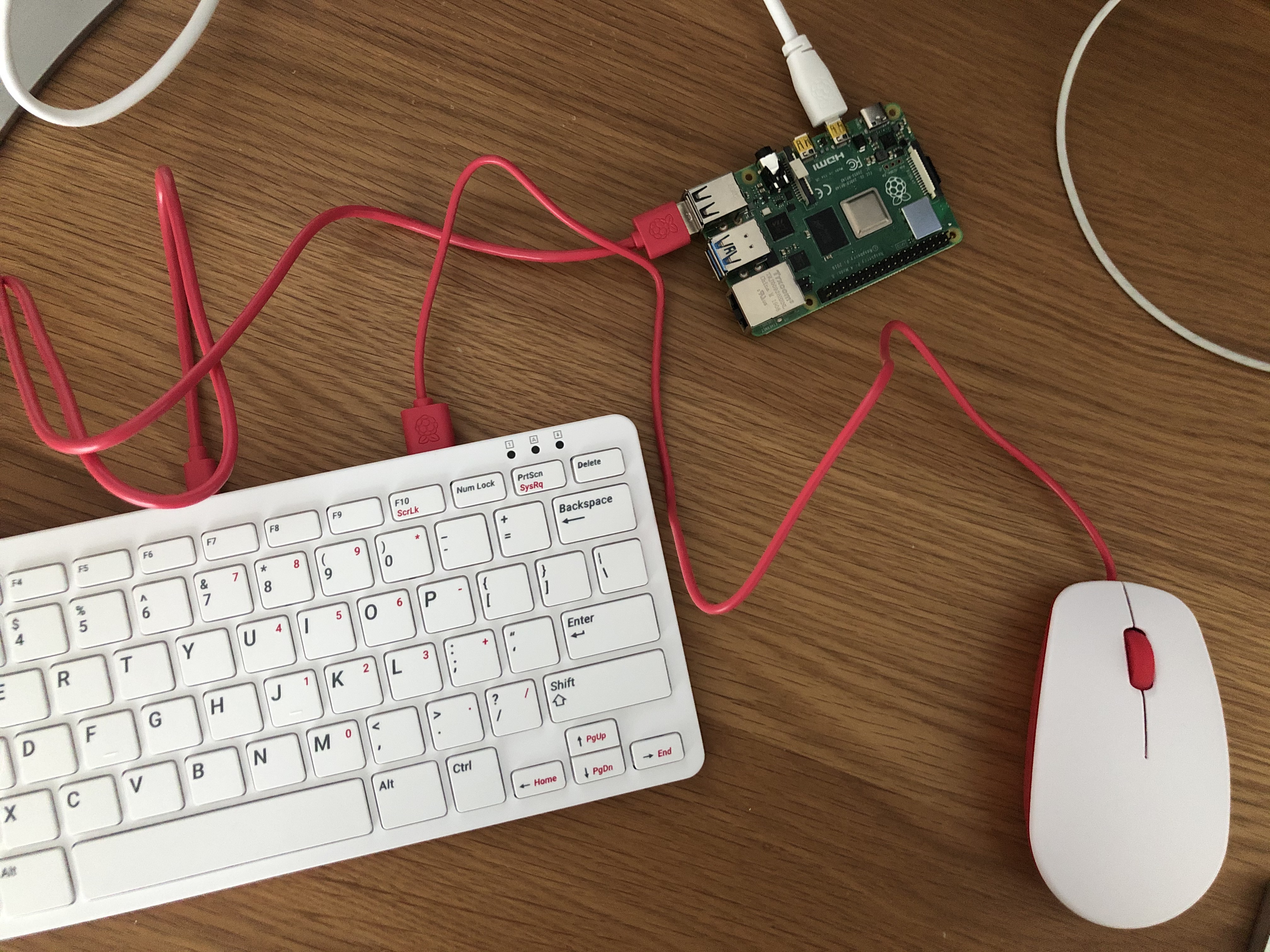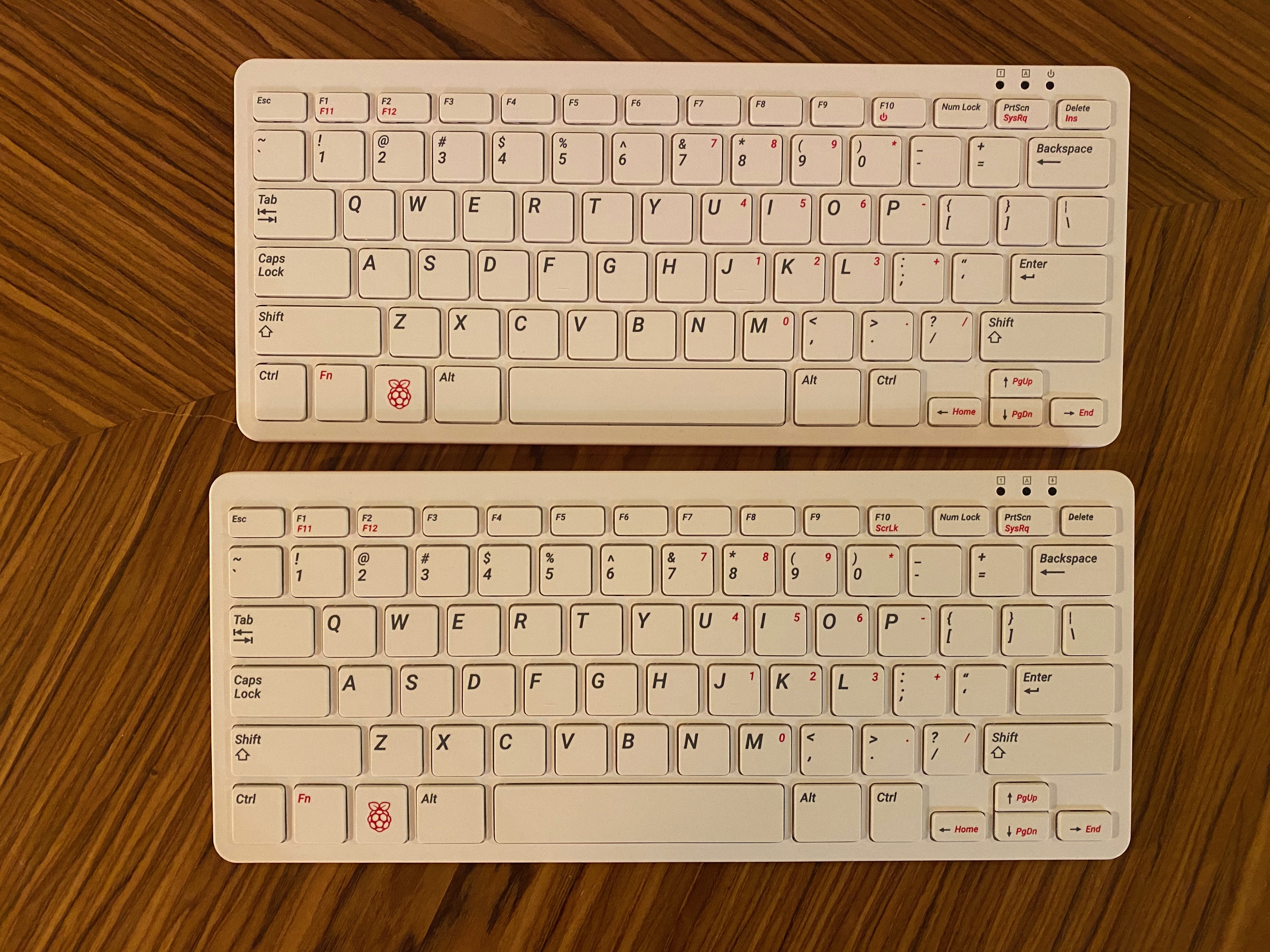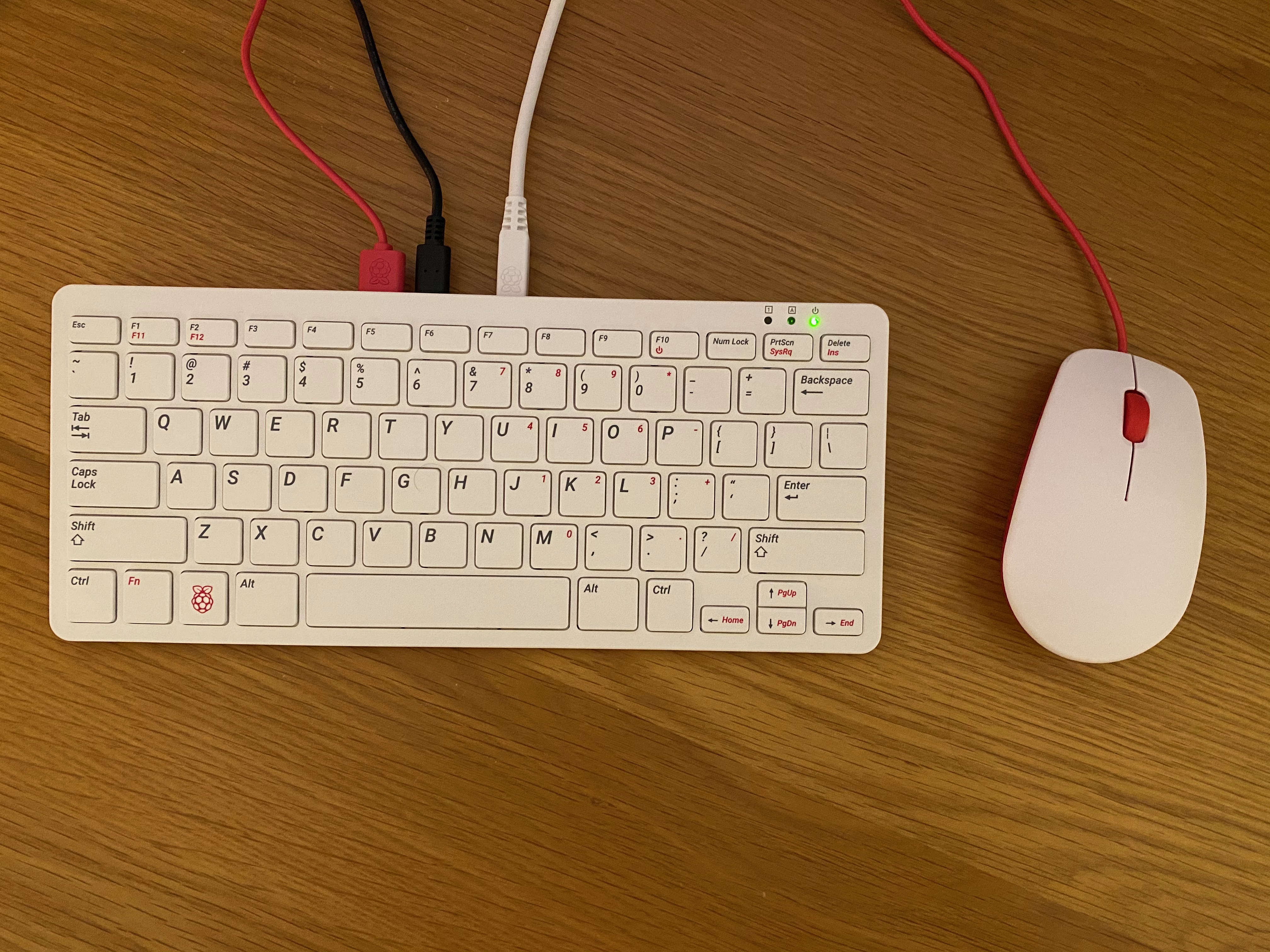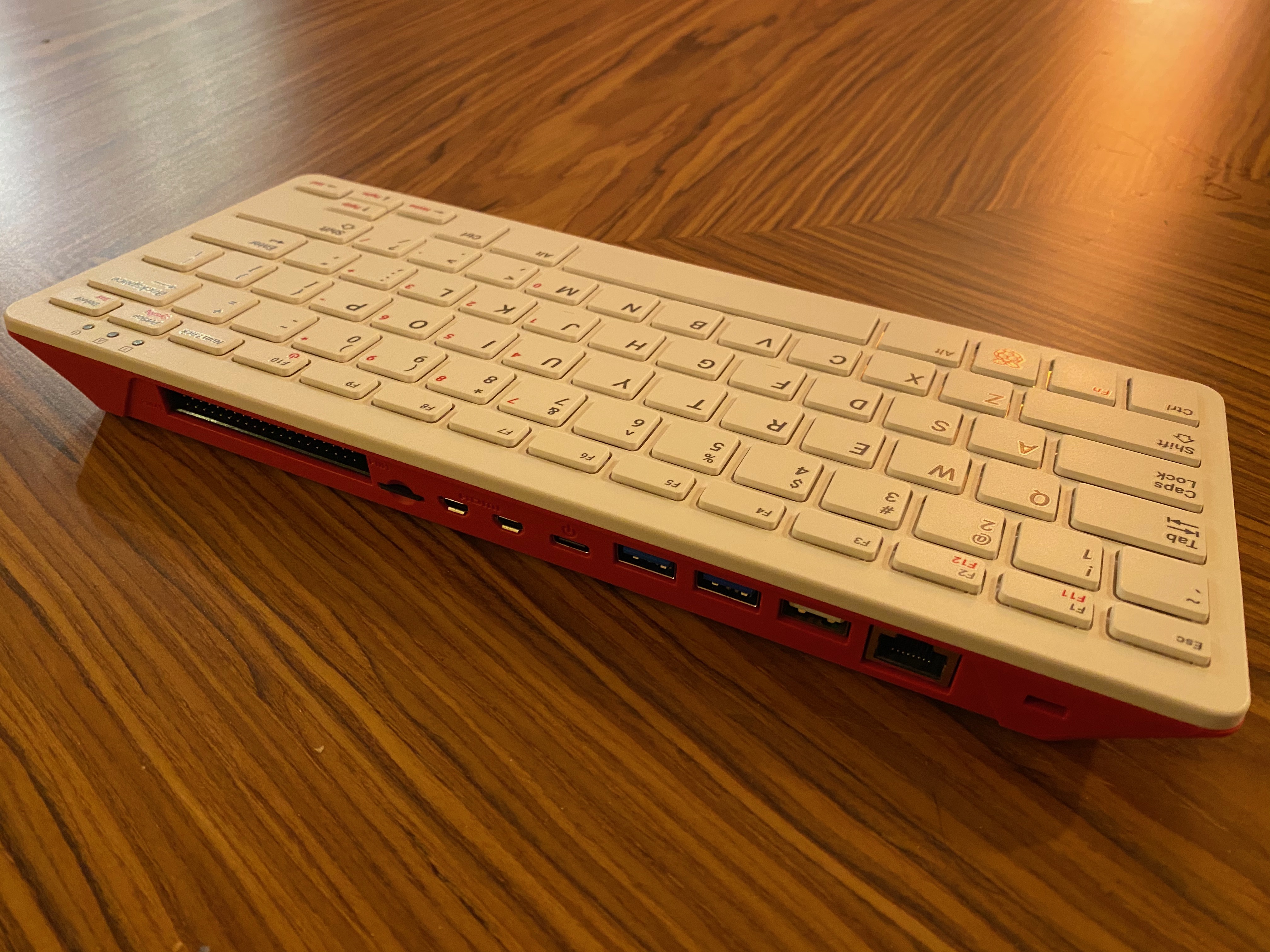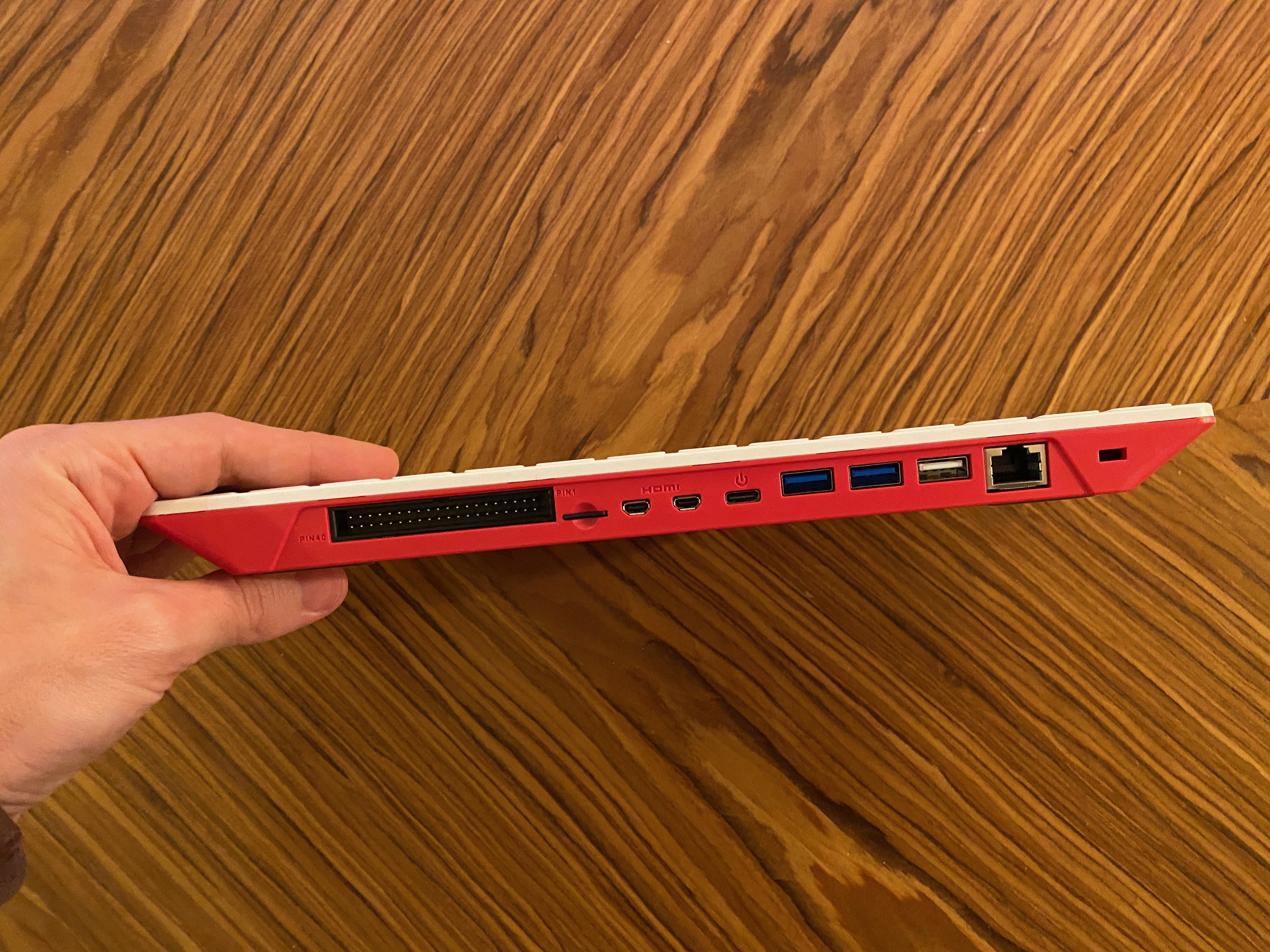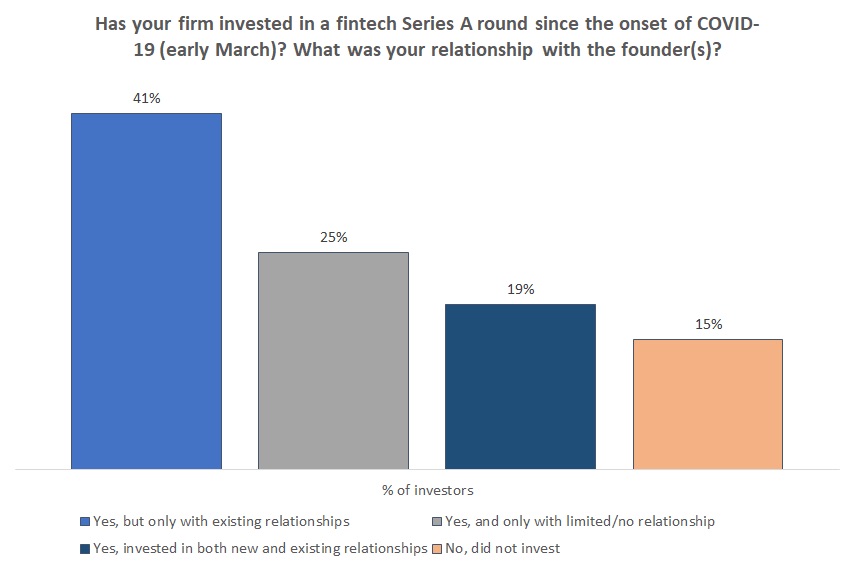News: Walmart’s PhonePe zips past Google Pay in India as UPI tops 2B monthly transactions
UPI, a four-year-old payments infrastructure built by India’s largest banks, surpassed 2 billion transactions last month, exactly a year after hitting the 1 billion monthly transactions milestone. Driving the transactions for UPI — which has become the most popular digital payments method in India thanks to its open architecture that allows interoperability among all participating
UPI, a four-year-old payments infrastructure built by India’s largest banks, surpassed 2 billion transactions last month, exactly a year after hitting the 1 billion monthly transactions milestone.
Driving the transactions for UPI — which has become the most popular digital payments method in India thanks to its open architecture that allows interoperability among all participating payments apps — are Walmart’s PhonePe, Google Pay, Paytm, and Amazon Pay.
But for the first time in more than a year, Google Pay did not drive the most volume of UPI transactions. PhonePe recorded 835 million UPI transactions in October, it said, while Google Pay hit about 820 million, according to people familiar with the matter.
Paytm recorded about 245 million transactions, while Amazon Pay settled with about 125 million, the people said.
In a statement, PhonePe confirmed that it assumed the “market leading position” with about 40% of all UPI transactions last month. Google and Paytm did not immediately respond to a request for comment.
BHIM UPI has managed to change the face of person-to-person and person-to-merchant money transfers in the past few years while making them safer and more secure. #BHIMUPI #UPIChalega #DigitalPayments @dilipasbe pic.twitter.com/INjptjBEf7
— BHIM (@NPCI_BHIM) November 1, 2020
TechCrunch could not determine how many unique monthly transacting users these payments firms have amassed in the country. In May, Google Pay had about 75 million transacting users, ahead of 60 million of PhonePe and 30 million of Paytm.
Unlike Google Pay, both Paytm and PhonePe also operate a wallet service. The wallet service is not powered by UPI. PhonePe said overall it processed 925 million transactions last month and had over 100 million monthly active users.
PhonePe has recently seen a surge in its transactions as more offline shops open and merchants and consumers opt for a digital alternative to complete transactions. The app has also added a range of financing services, including 600,000 insurance policies, it said.
“We are on a mission to make digital payments a way of life for every Indian citizen, and our next target is to cross 500 million registered users by Dec 2022. In line with our brand ethos of ‘Karte Ja. Badhte Ja,’ (Hindi for keep working and growing) we continue to launch new and innovative products for every strata of Indian society, as well as enable digital payment acceptance across every merchant in every village and town in India,” said Sameer Nigam, chief executive and founder of PhonePe, in a statement.
India’s mobile payments market is estimated to reach $1 trillion by 2023, according to Credit Suisse. More players are expected to join the race. WhatsApp, which has over 400 million users in India, started testing UPI payments on its app in 2018. It remains stuck in a regulatory maze, however, which has prevented it from rolling out WhatsApp Pay to most of its users in the country.

